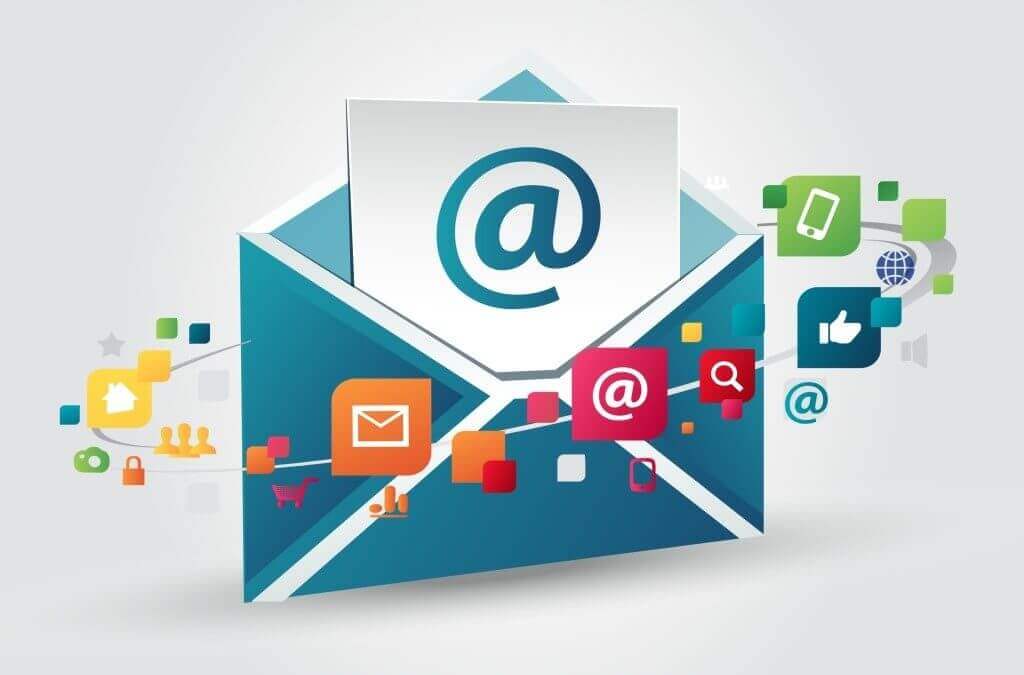
Effective email marketing can increase brand awareness, drive up room bookings and improve guest retention. To get optimal ROI for your time and money, however, you must sidestep the following common mistakes which stand in the way of success.
1. Don’t Treat All Emails Equally
According to the technology research firm, The Radicati Group, about 269 billion emails are sent every day. For the average person, that translates to over 100 messages every 24 hours. With limited time and narrow attention spans, modern consumers require personalized campaigns that foster immediate engagement. If there is no relevance of perceived value to your email,
recipients are liable to delete, unsubscribe or mark the content as spam.
You can improve the chances of engagement by segmenting your database, so you aren’t sending one campaign to all addresses in every mailbox. This means organizing your emails based on specific characteristics, such as locations, demographics and income.
While a family package might be a big sell to certain recipients, it won’t resonate with childless couples. Likewise, although a special offer for a local event in Miami might hit home to Florida residents, it won’t mean much to someone living in California. This kind of saturation email strategy doesn’t just lead to reduced open rates, it could harm your campaign’s credibility, causing subscribers to opt out of future messages.
2. Don’t Overestimate the Recipient
The average person has an attention span of just over 8 seconds, according to some research. With this in mind, it’s clear that your target audience will not have time to pore over long-winded emails. When crafting your marketing emails, always assume your audience will be too busy to read every word. Make your copy scannable, and ensure that your value proposition stand outs. Cut
unnecessary words and make sure recipients immediately know what you want them to do. You should also resist over-designing your campaign and include plenty of clean, white space to help frame your content. Be brief and compelling without overwhelming recipients with a flood of information.




